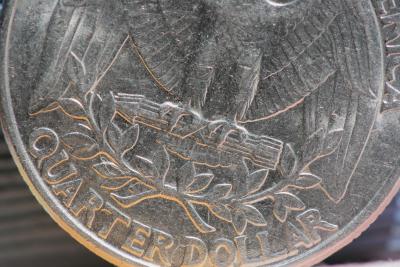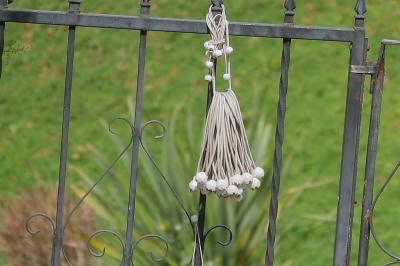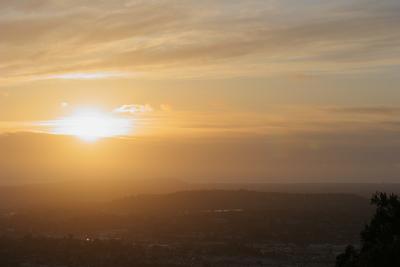





 |
 |
 |
 |
 |
 |
| joe | profile | all galleries >> Lens Tests / Galleries >> Lens Tests >> EF-S 60 / 2.8 Macro on a 20D | tree view | thumbnails | slideshow |
| I'll state the conclusion first: for a
good-light "walkaround" lens, this has come to be my favorite
lens in the short time I've owned it -- usurping the Sigma 18-50 / 2.8 for
now (that may change when the novelty wears off, though!). I have
since purchased the 85 / 1.8 to complement this lens for low light
situations since it's usability under low light is marginal at best.
Nonetheless, I have no qualms about going right to ISO 3200 with this lens
to get the shot.
However, for macro I would prefer a longer lens like the
Canon 100 / 2.8 macro, or, even better, the Sigma 150 / 2.8 macro.
The reason is that when shooting macro, the to-and-fro motion of not being
perfectly still has far greater consequences than the camera shake.
Obviously, this applies mainly to hand-held shots but also can affect
tripod shots as well since your subject may move slightly (a flower in a
gentle breeze, for example). If you or your subject is wavering back
an forth a few millimeters, this will be much less of a problem at 150mm
than at 60mm and will even outweigh camera shake in terms of getting a
sharp pic. |

:: Macro :: |

:: Close (not quite macro) :: |

:: Detail (Sharpness) :: |

:: Compared to 35mm f / 1.4L :: |

:: Fringing :: |

:: Flare :: |

:: Vignetting :: |

:: Aperture :: |
| Adam | 21-Jun-2006 16:37 | |
| Tabris Lee | 29-May-2006 15:00 | |
| Guest | 02-Jun-2005 16:39 | |